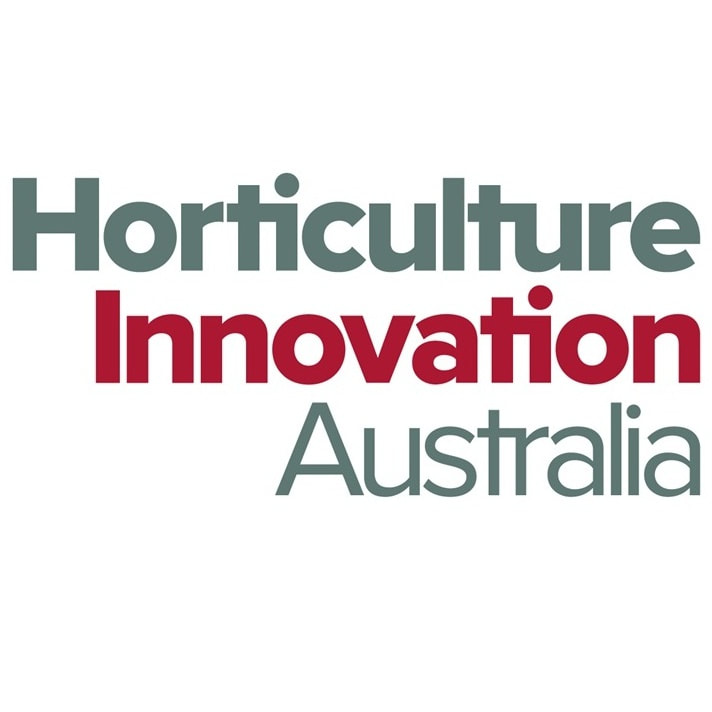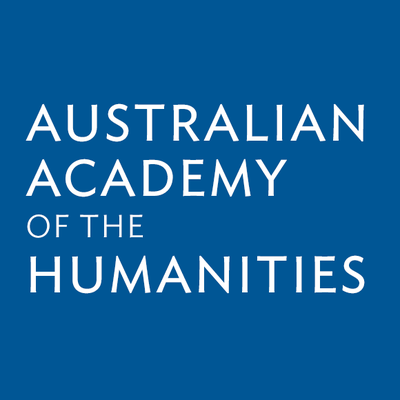Current Work
Understanding Complex Causation
In science, often multiple causes are thought to influence a particular outcome. When this is the case, how can we determine which is the most important cause, or understand how these causes interact? Tackling these issues brings together diverse methods such as Causal Graph Theory, Social Psychology, and philosophical analysis. The systems I am interested in include: genetic influences on phenotypic development; causal pathways in human health and disease; causes of death as documented on death certificates,;the causal influence of microbes on human health and disease states; and genetic and environmental causes at developmental and evolutionary timescales.
An Analysis of Emerging Genetic Technologies
Technological and methodological innovation in biology is growing at a rapid pace, so rapid that a clear understanding of what these methods can deliver, and their social and ethical implications, is often lacking. Effective public communication of this science also lags when new technologies emerge. As a philosopher and biologist I take an active role in discussing the epistemological and societal implications of emerging methods and techniques. I am also involved in communicating to the public the processes and potential impacts of new biological technology that is set to transform our future. Technologies include genome-wide association studies (GWAS), direct-to-consumer genetic testing, synthetic biology, gene-editing technology such as CRISPR-Cas, and attempts at de-extinction and genetic rescue.
Effective Conservation Biology
We are living in a world full of declining ecosystems, and limited resources, meaning that some conservation efforts must be prioritised over others. Given the sheer diversity and scale of the current global situation, how does one effectively decide where to best invest time and effort, on research and implementation? Which problems should be prioritised over others, and why? In this project I am collaborating with conservation biologists, philosophers, and social scientists to develop a framework for understanding the heterogeneous and sometimes conflicting value-systems that underlie conservation biology, and to use those values to make evaluative assessments of the best interventions and projects in the field. This work is supported in part by the Australian Academy of the Humanities.
Past Projects
Gene-Environment Correlations
Gene-environment correlations occur when organisms with particular genotypes are more likely than chance to develop in particular environments. This leads to an association between certain genotypes and certain environments at the population level. While other forms of gene-environment interplay, such as gene-environment interactions, are now widely discussed in quantitative and behaviour genetics, gene-environment correlations are still largely overlooked. My interest in these correlations is to understand the different causal processes that can lead to correlations; the consequences for each for estimations of genetic causation, such as heritability; the consequences for these correlations for genetic and phenotypic evolution; and to understand how scientists think about gene-environment correlations, and why they have been largely overlooked in quantitative and behavioural genetics. This work is supported by the Australian Research Council.
Environmental Preferences and Habitat Selection
Habitats and micro-habitats may be selected by individuals because of some genetic basis (resulting in some types of gene-environment correlations), but they can also occur if preferences are learnt, taught, or environmentally induced. Habitat selection can influence the environmental selection pressures that an individual or population are subject to, thus having evolutionary consequences. In this project I look at the causes and consequences of habitat selection at the individual and population levels. In the Queensland fruit fly (Bactrocera tryoni) I am studying the heritability, plasticity, regional variation, and effects of long-term captive breeding on temperature preferences. In the Trinidadian guppy (Poecilia reticulata) I am studying the relationship between behaviour, personality, and habitat choice. I am using guppies to study the influence of environmental choice across development and across multiple generations to answer questions about the role of habitat selection on evolutionary processes. This work is supported by the Australian Research Council and Horticulture Innovation Australia.
Genetic Causation -Perceived and Actual
People are subject to numerous biases when we try to understand the world. Understanding how causes and effects operate, are no exception. A number of biases and other factors make a difference to how people pick out causes, or how people assess causal strength. When we try to understand genetic causation, it appears that there are two kinds of influences: 1. processes general to causal reasoning, and 2. processes and considerations specific to thinking about genetic causes. For this project I am collaborating with philosophers, social psychologists, linguistists, and medical educators in order to understand how normative factors about traits influence the way in which public, media and medical professionals causally reason about genes. This work is supported by the John Templeton Foundation as part of the Genetics and Human Agency Initiative.



